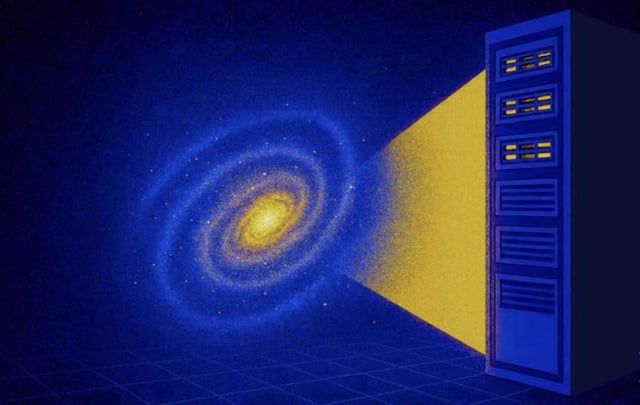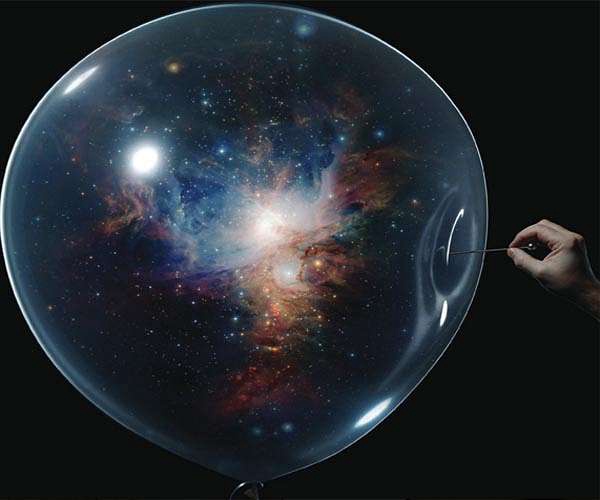Overview
- Eugene Lim, Katy Clough and Josu Aurrekoetxea set out the roadmap in a June 2025 Living Reviews in Relativity article, drawing on work at King’s College London, Queen Mary University of London and Oxford.
- The proposal targets regimes where homogeneity and isotropy assumptions break down, opening simulations to pre–Big Bang possibilities and a wider range of initial conditions.
- Applications highlighted include testing inflation scenarios from fundamental theories, searching for multiverse collision signatures, and predicting gravitational waves from hypothetical cosmic strings.
- Numerical relativity was pioneered to model black hole mergers and delivered a workable solution in 2005, providing a precedent for tackling strongly nonlinear gravitational dynamics.
- The authors stress that progress hinges on high‑performance computing and closer collaboration between cosmologists and numerical relativists, with exploratory work on bouncing-universe models already under way.

